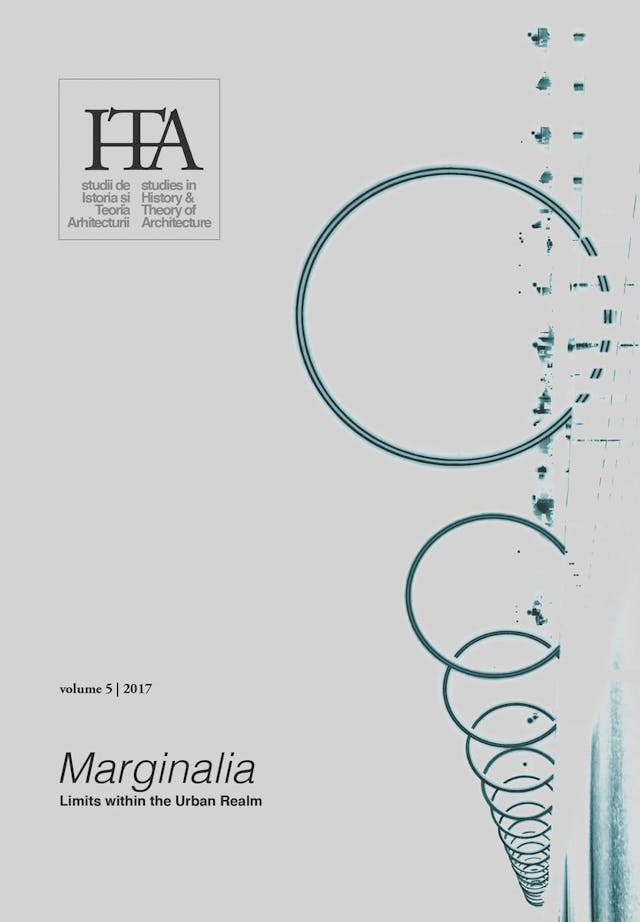Constructed Jewish Spaces. Exploring Traces in 19th Century Moldavia
by
Irina-Teodora Nemțeanu
Keywords
construct
diaspora
Jewish quarter
shtetl
eruv
Moldavia
The theme and historiography of Jewish communities in Romania is a topic which has been widely researched, beginning with the 19th century and is still an ongoing inquest. Usually depicted by historians, the subject, however, lacks an architectural and urban overview of the phenomenon in terms of analyzing the relationship between Jewish constructed spaces and their developing urban context — the city. These touristically attractive urban sites, although lacking the proportion of former living communities once encompassed, display, in the majority of cases, an ample built heritage (housing, synagogues, shuls, cemeteries etc.) and spatial remains of Jewish living.
Seen as a constantly marginalized group throughout history, the living patterns of Jewish communities were the result of overlapping between the religious rules within the community and the outside civil laws, local or state. The paper attempts to explore historically accepted notions of Jewish habitation in Diaspora (the Jewish ghetto, the Jewish quarter, shtetl) and a few manifestations in 19th century Moldavian cities. The importance of the eruv within the Jewish community, as well as urban local legislation and tendencies of segregation, become key elements in understanding Jewish living space.
Published in

Chicago citation style
DOI:
10.54508/sITA.5.09